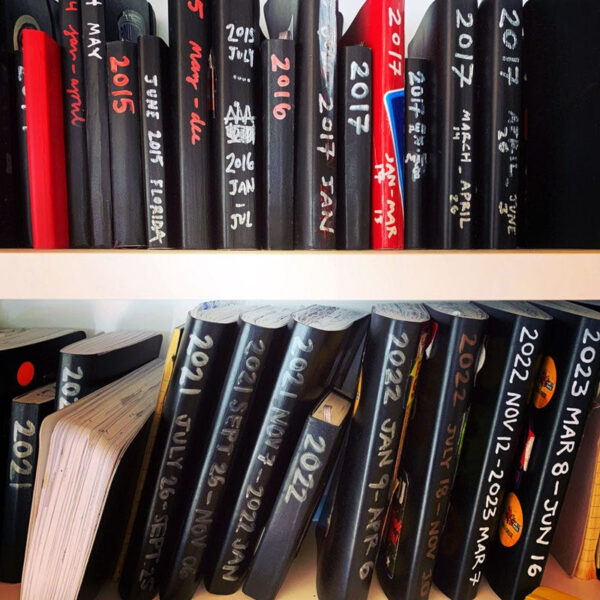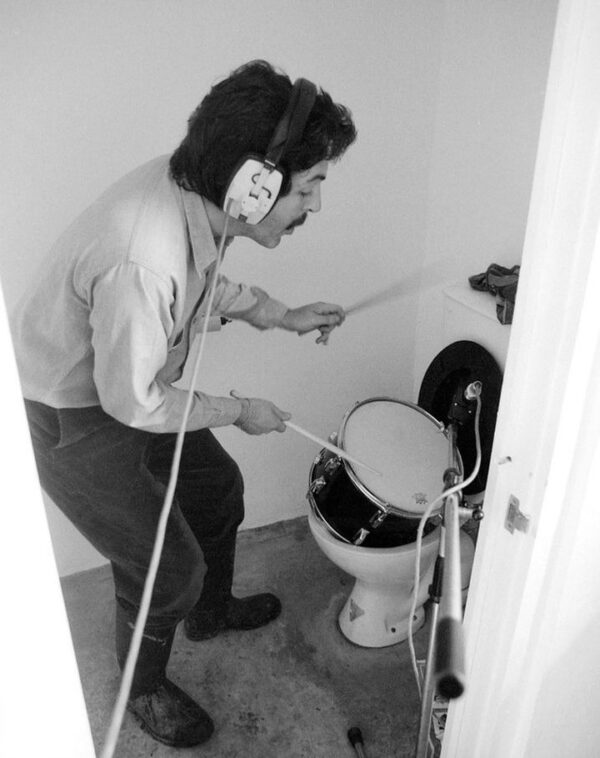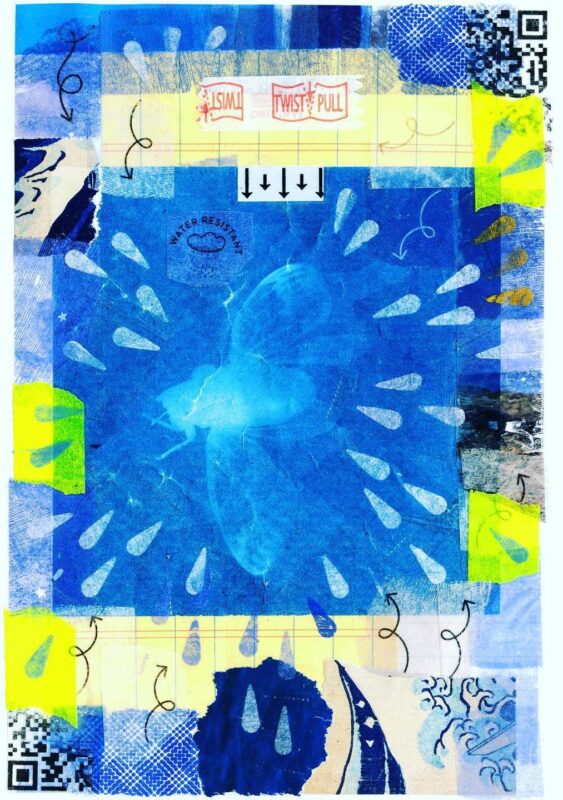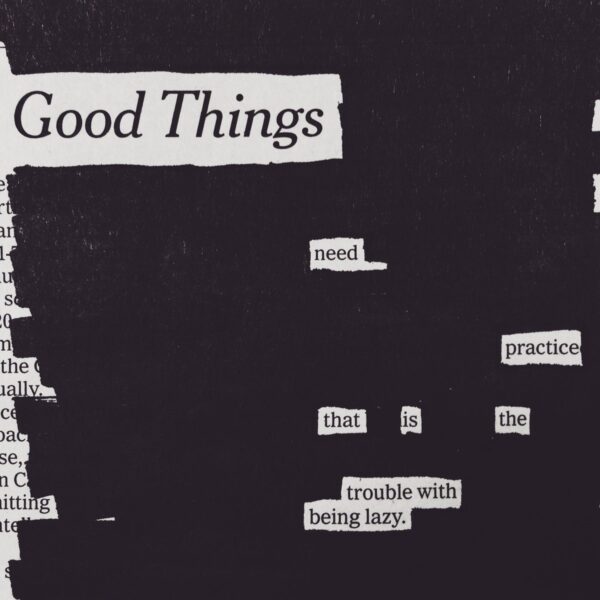
“When does a diary pay off?” I asked earlier this week.
One of my favorite things about revisiting old notebooks is all the little complaints and grievances I find. The pettier the better, like this one, which I jotted down on our honeymoon trip to New York in 2007 that almost reads like a haiku:
MERCURY LOUNGE
great sound system
you could hear just
how bad the music was
Or this one, from February 29, 2004, written in Cambridge, England:
“I am tired of spelling ‘February.’ Ready for March.”



